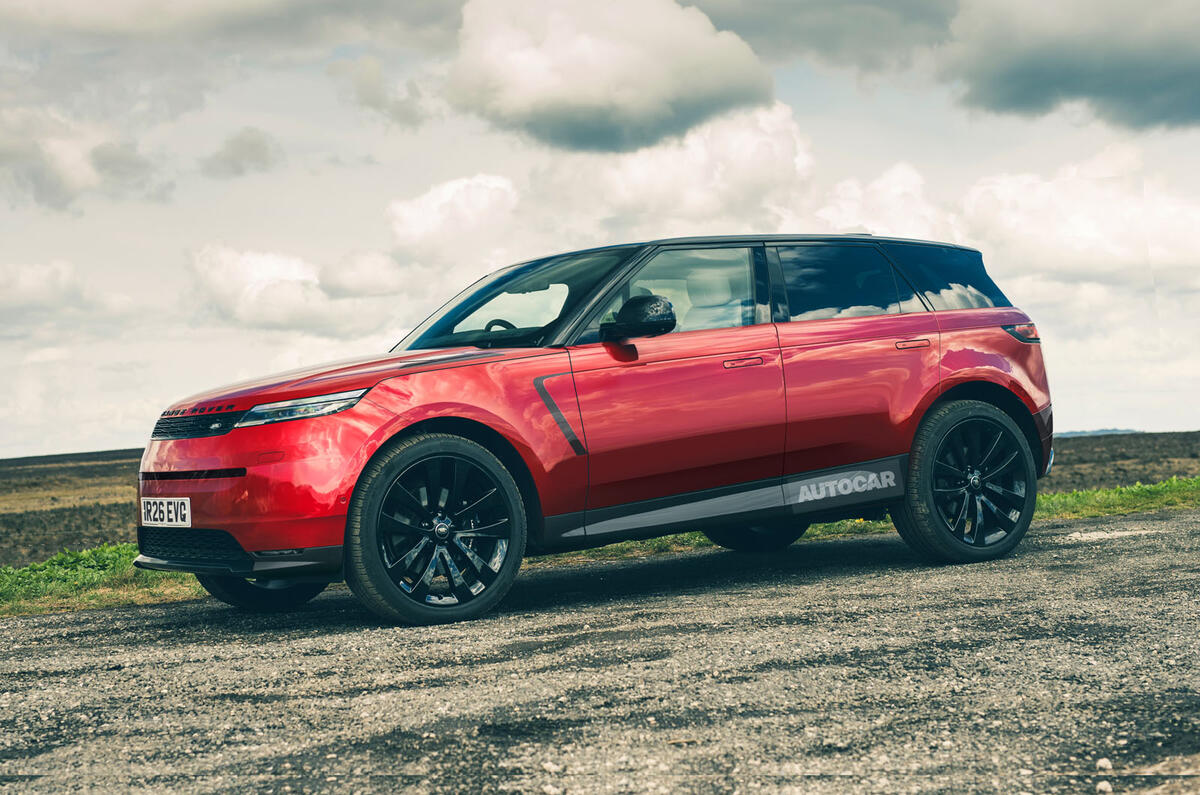The Range Rover Evoque will be reinvented for its third generation with electric power when it arrives later this decade as the final piece in an overhauled Range Rover line-up.
The new Evoque will be underpinned by JLR's Electrified Modular Architecture (EMA), which will make its debut under the new Range Rover Velar next year.
Like its larger stablemate, the next-gen Evoque is expected to go on sale initially as an EV - a move seen as vital to keeping the nameplate alive well into the next decade and beyond.
However, whereas the Velar is set to undergo a radical repositioning, the Evoque will remain as the entry point in the Range Rover line-up, given its popularity with buyers.
This is especially true in the UK, where it has been JLR's best-selling model this decade, accounting for 40% of all Range Rover sales.
An electric Evoque was first mooted in JLR's radical Reimagine strategy in 2021.
However, the new EV isn't expected until at least the end of 2027, with deliveries likely to start a year later - a decade after the current model was launched. Its arrival will crown a busy renewal period for the brand, with the Range Rover Electric due in the first half of 2026, the new Velar soon after and the Range Rover Sport EV at the start of 2027.
Powertrain
The new Evoque will be totally overhauled underneath compared with the car it replaces.
It will share its new EMA underpinnings with not just the Velar but also the upcoming 'Defender Sport' and all three will be produced at JLR's Halewood plant on Merseyside, where the current Evoque is built.
The 800V skateboard architecture has been designed with electric power as its primary focus. It will use motors built in-house and batteries from parent company Tata's Agratas battery plant in Somerset, which is scheduled to open in 2027 after work started this summer.
Specific powertrain details for the electric Evoque are still under wraps, but given that rivals such as the new Mercedes-Benz GLA EV are tipped to offer more than 450 miles of range, the new Evoque will need to be competitive with that. Quick charging times will be available courtesy of the EMA's 800V system.
It is possible that the new Evoque and other EMA-based cars could also be fitted with electrified combustion drivetrains to boost appeal, given JLR's decision last year to ramp up plug-in hybrid production amid the global slowdown in interest of pure EVs and a "surprising" rise in PHEV demand.









Join the debate
Add your comment
Where have you heard that the discovery sport replacement will be built in Merseyside?
It won't. The article is wrong, it will be built in Nitra when the current defender stops production
It won't, the article is wrong. It will be built in Nitra when the defender is no longer produced
Great to see the Evoque finally going electric! The EMA platform sounds like a major step forward, especially with 800V charging and Tata’s UK battery plant coming online. If Range Rover can keep the design evolution subtle while improving space and efficiency, this could easily become one of the best looking compact EV SUVs on the market. 2027 feels far away, but if the engineering lives up to the promises, the wait might be worth it.
Yawn.
Will it compete with the new baby Defender, AND the Defender competes with the new baby Defender?